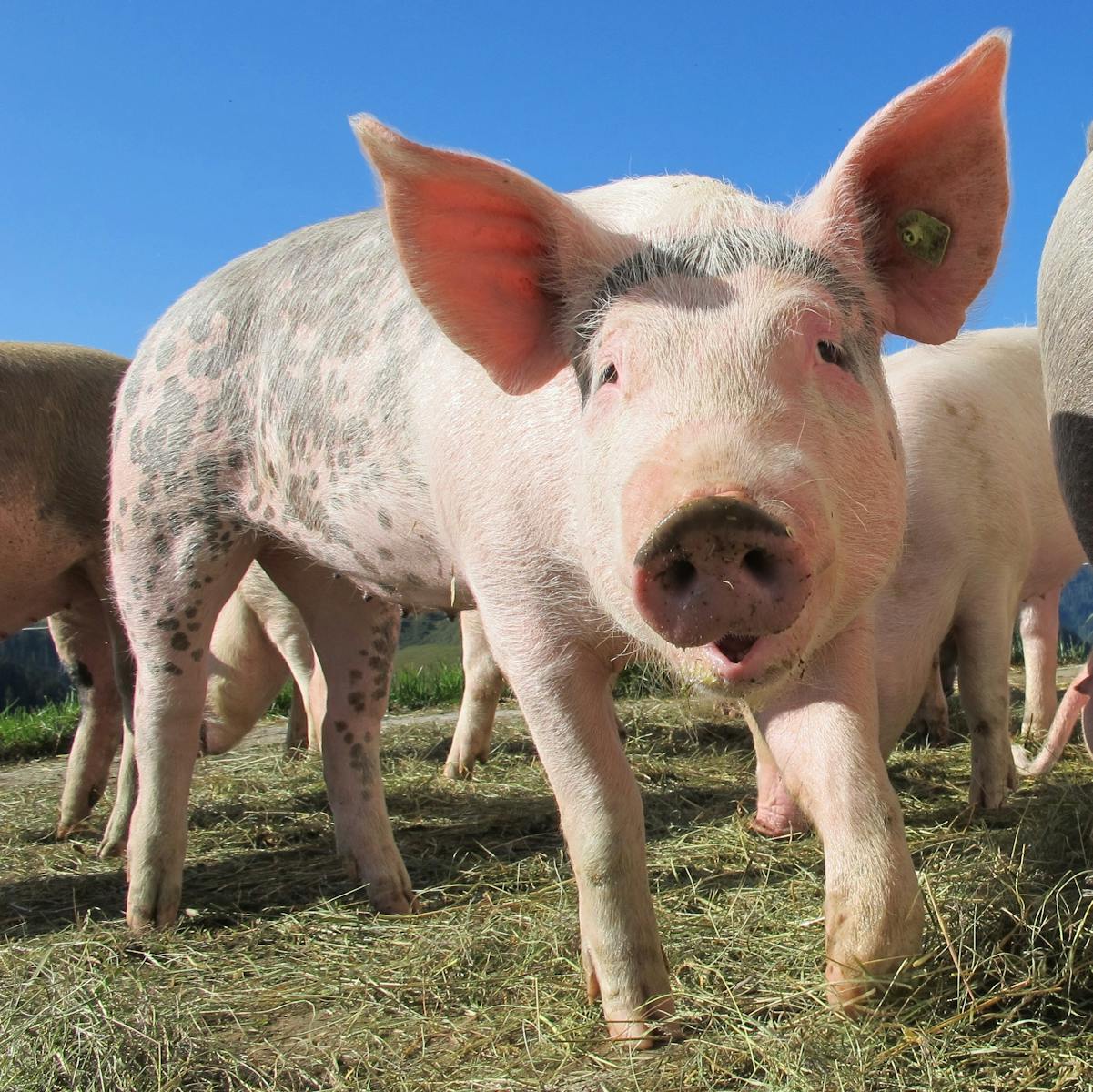What Is Bioengineered Plants?
Genetically modified plants (GM plants) are plants that humans have added one or more genes that were originally found in other plants. Since long ago, humans already started selective breeding methods on plants; only planting the seeds of plants with desired traits.
However, within the last few years, the process has become easier due to new bioengineering methods. Here are the basics to bioengineering a crop: First identify a gene that you want to add to your crop. Second, copy that gene and insert it into your plant. Third, grow the plant and safety perform tests. Even though 49% of adults think that GMOs are bad for you, they might even have more benefits than harm!
Applications of Genetically Modified Plants
Did you know that over 90% of corn, soybean, cotton, canola, and sugar beets are all bioengineered? That’s quite a lot. Even though many of those GMOs are being used as animal feed, 80% of the food in the U.S. are still made of GMO ingredients. These crops are usually bioengineered to become more resistant to drought, weeds, pests, and viruses and to have a longer shelf life. Some are even engineered to look better!
Benefits of GM Plants
There are many benefits to bioengineered plants. Farmers don’t have to spray harmful pesticides anymore while getting higher yields of crops. Places with scarce freshwater and constant droughts can now farm! Some plants are even bioengineered to absorb carbon dioxide from our atmosphere! Bioengineering can make farming accessible to all parts of the world. Professor of Agricultural and Resource Economics at UC Berkeley, David Zimmerman said that bioengineered crops have “raised the output of corn, cotton and soy by 20 to 30 percent, allowing some people to survive who would not have without it. If it were more widely adopted around the world, the price (for food) would go lower, and fewer people would die of hunger.”
GMO crops have also been proven safe through testing. There was not a single health risk from GMOs that has been discovered for over 30 years of lab trials. GMOs can also reduce the price of food and help solve world hunger. They can also be engineered to include vitamins and other healthy items.
Potential Risks of GM Plants
Even though GMOs have been proven safe through lab testing, there still haven’t been any long-term trials on humans. There still may be potential side effects that may take long-term exposure to discover and each added DNA may turn existing DNA harmful. Scientists state that there still isn’t enough evidence to determine that bioengineered plants are 100% safe.
Another potential side effect is that bioengineered plants may possess toxins that might trigger an unknown allergy. Inserting another gene might introduce toxins and allergens. When StarLink corn was introduced, there were reports of allergy reactions among the public.
Conclusion
We conclude that bioengineered plants pose no certain short-term risks to us, but may potentially pose an allergy risk. Although GM plants have multiple benefits to the farming industry and can be the vital key to stopping climate change, it’s still a rather new piece of technology there are many things about bioengineering that we can’t be sure of.
Related Articles:
https://www.fda.gov/food/agricultural-biotechnology/gmo-crops-animal-food-and-beyond
https://geneticliteracyproject.org/2016/01/12/genetic-engineering-valued-tool-climate-change
https://www.sciencedirect.com/science/article/pii/S1360138522000048
https://www.ornl.gov/news/single-gene-boosts-climate-resilience-yield-and-car
https://www.procon.org/headlines/gmos-top-3-pros-and-cons/





